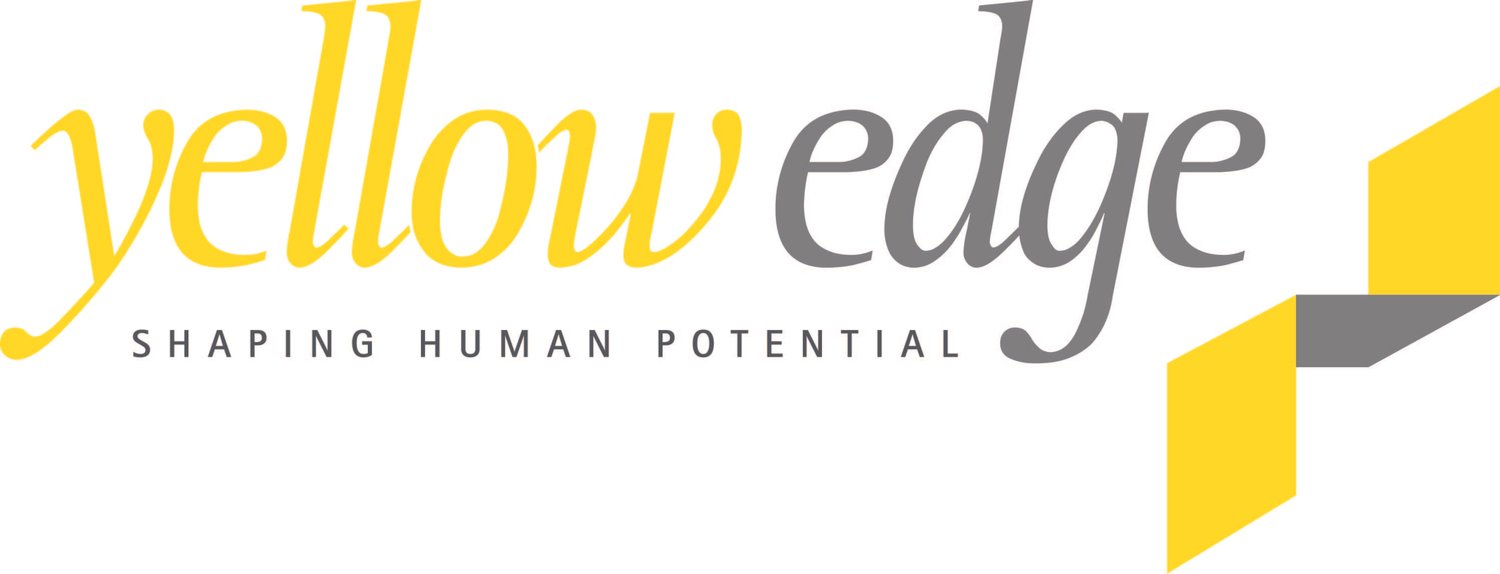49. The Space for Reinvention
by Abby Rees
It was the much-quoted Drucker who branded the growing urgency for self-management as ‘becoming our own CEO.’ No longer is the thinking pattern of a ‘job for life’ relevant in our society-which continues to change and evolve at an ever-increasing pace.
So much so that creative mastermind Ken Robinson indicates that this rapid rate of change creates a future that is an unknown quantity. What are the jobs that will be created in the future? What are the roles that will fast become extinct? How does education and professional development prepare us for this unknown quantity?
There are few certainties as we are whooshed, like it or not, into all that this century is yet to reveal. Moving into and through the changes is
when becoming our own CEO plays a crucial role. Will we stride forward with confidence? Shuffle with trepidation? Or be dragged into the tailwind, kicking and screaming? One thing is certain, we need to create the space for our own professional reinvention to stay contemporary. Through cultivating the role of our own CEO, we can actively plan for the growth and expansion of our professional relevancy, ensuring that we will be among the forward-striders.
So how do we plan for our own reinvention in the space of rapid change?
1) Cultivate masterful self-awareness
Careful management and awareness of our strengths, capacities and areas for growth will ensure that we are among the striders as this allows us to continually expand our strengths, and work on areas of weakness. Actively seek feedback from colleagues at all levels and give this due consideration and attention. Engage in quality coaching with someone who can help maximise your thinking, creativity and resourcefulness. Be mindful in observing how others respond to you, approach you and refer to you.
2) View your career as a jungle gym, not a ladder
Fortune magazine editor Pattie Sellers and Sheryl Sandberg can be thanked for this masterful metaphor. Weaving and moving up, down, sideways and attending to the opportunities for expansion and growth is the only way to move forward confidently. A step ‘up the ladder’ which may result in a small increase of status or prestige, means little unless it is firmly rooted in the opportunity to cultivate new skills, strengths and stretch existing capacities. The future will no longer reward those who can demonstrate one skill set operated at various levels of hierarchy, but a variety of skills developed through flexibility and professional agility.
3) Structure space for creativity
That sentence may indeed seem like an oxymoron, however without actively planning for the time and space to be creative, it often gets pushed into Quadrant II (Covey’s important but not urgent quadrant) in favour of seemingly more pressing, urgent issues. Yet making the space to unlock personal and team creativity is what leads to increased problem solving and productivity. Things do not continue to get ‘done as they have always been done’, but are reinvigorated and potentially reinvented altogether. Consider Google’s success, where 80% of their new business streams are developed during the 20% of time they allocate their employees to work on projects and designs of their own choosing.
4) Build the ‘Success Coalition’
Focussing on building and strengthening our networks is crucial to our long term success. While ‘getting the job done’ is undoubtedly important, so is fostering and maintaining our networks and relationships with other professionals, both within and outside of our field. When we do not have the answers, we will often know someone who does, who can point us in the right direction, or who can engage us in a challenging conversation to develop the answer. The brilliance, experiences, creativity and cultural know-how of the people in our networks become available to us if we take the time to invest in strengthening these bonds. Using the principle of reciprocity as a guide (think Robert Cialdini’s Principles of Influence), connecting people to people, extending potentially useful information or offering the first ‘helping hand’ are simple yet powerful ways to solidify our relationships and build our ‘success coalition’.
In running a business, a CEO makes the judgement-calls that keep a company or organisation contemporary, competitive, relevant and robust. A CEO invests in people, forward planning and not only seeks but creates new horizons to lead their business forward. Adopting the role of being our own CEO requires this same approach to developing our career and professional identity. We can all learn from Kodak’s monumental avoidance of the evolution of the photography industry and understand that digging our heels in does not stop change from coming, it just excludes us from being a relevant player in it.
Abby Rees is a Performance Architect at Yellow Edge (YE). YE Performance Architects is a company focused on developing high performance at individual, team and organisational levels.


